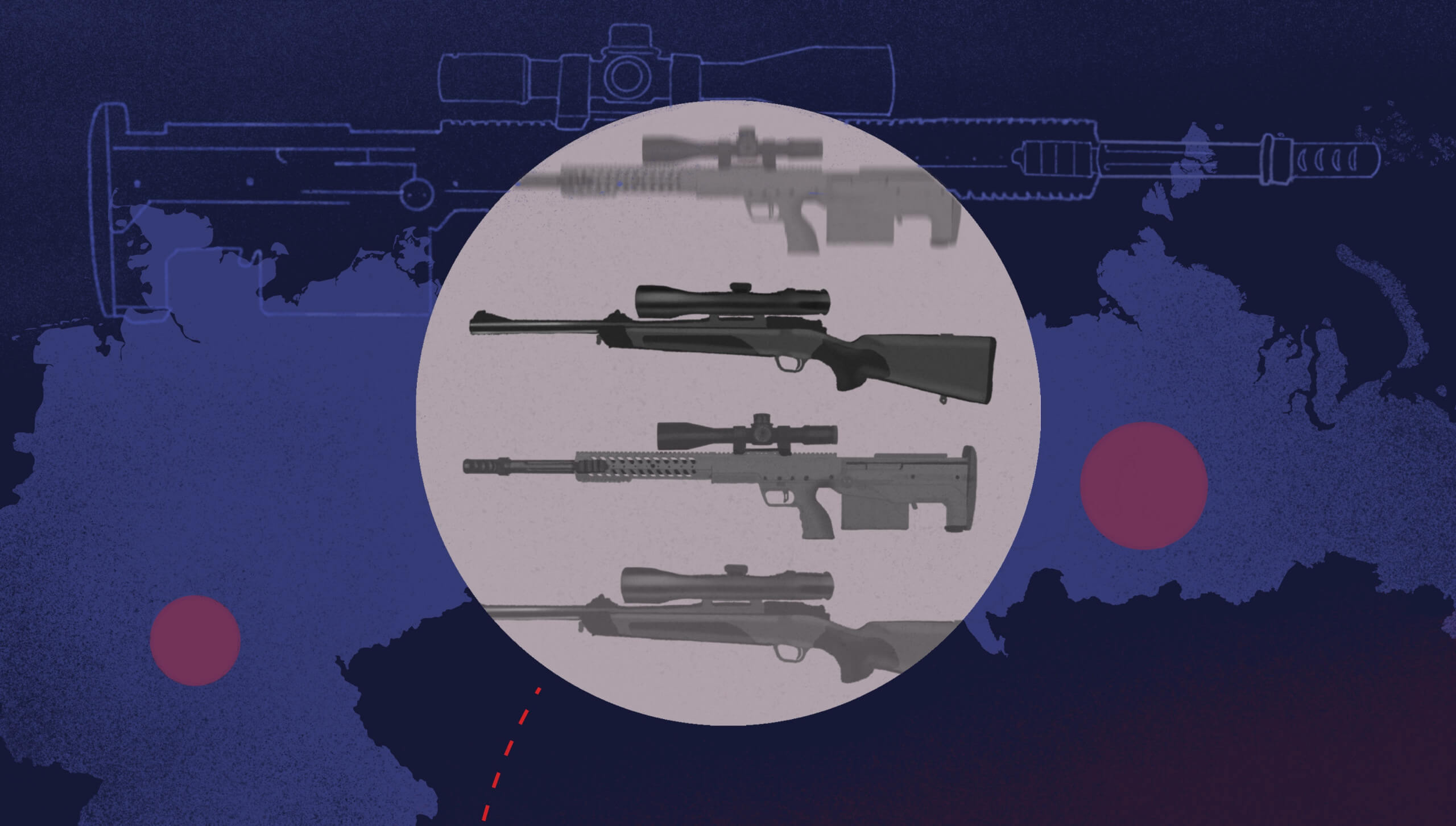German Weapons for Russia: The Controversial Truth Revealed
Główne pojęcia
The author exposes the controversial truth behind German weapon exports to Russia, shedding light on how these weapons end up in conflict zones despite export restrictions. The main thesis highlights the loopholes in the current export regulations that allow such transactions to occur.
Streszczenie
The content delves into the intricate web of German weapon exports to Russia, revealing how firearms from companies like Blaser end up in conflict zones like Ukraine. Despite export restrictions, these weapons find their way through intermediaries and raise questions about accountability and oversight. The investigation uncovers the challenges faced by regulatory authorities in monitoring and preventing such transactions, emphasizing the need for stricter controls on civilian firearm exports.
Waffen aus dem Westen – für Russland
Statystyki
Since the beginning of the Russian war in Ukraine, nearly 7,300 firearms and close to eight million rounds of ammunition from Western manufacturers have been imported into Russia.
Kasachstan saw a significant increase in imports of sporting weapons from Germany since the start of the conflict.
The L&O Holding group, which includes Blaser, has connections to SIG Sauer and faced legal issues related to illegal arms exports to Colombia.
Cytaty
"Germany should follow the US lead and suspend civilian firearm exports until risks of diversion to conflict zones are mitigated." - Roderich Kiesewetter
Kluczowe wnioski z
by Anette Dowid... o correctiv.org 11-07-2023
https://correctiv.org/top-stories/2023/11/07/deutsche-waffen-fuer-russland/
Głębsze pytania
How can regulatory authorities improve oversight on intermediary countries like Kazakhstan to prevent diversion of weapons?
Regulatory authorities can enhance oversight on intermediary countries like Kazakhstan by implementing stricter monitoring mechanisms throughout the supply chain. This could involve requiring detailed documentation and transparency at each stage of the export process, including verification of end-users and destinations. Additionally, conducting regular audits and inspections of both manufacturers and intermediaries can help ensure compliance with regulations. Collaborating with international partners to share information and intelligence on potential diversion routes can also strengthen oversight efforts.
What measures can be taken to hold manufacturers accountable for where their products end up?
To hold manufacturers accountable for where their products end up, regulatory bodies should enforce stringent due diligence requirements during the licensing process. This may include conducting thorough background checks on buyers, verifying the legitimacy of transactions, and ensuring that all necessary permits are obtained before exports are authorized. Manufacturers should also be required to maintain accurate records of sales and shipments to enable traceability in case of any discrepancies or misuse. Implementing penalties for non-compliance or violations could serve as a deterrent against irresponsible exporting practices.
How can international cooperation enhance efforts to curb illicit arms trade beyond existing regulations?
International cooperation plays a crucial role in curbing illicit arms trade by facilitating information sharing, joint investigations, and coordinated enforcement actions across borders. Establishing multilateral agreements or treaties that set common standards for arms transfers and promote transparency in defense exports can help create a unified approach among nations. Enhanced collaboration between law enforcement agencies, intelligence services, and regulatory bodies from different countries enables more effective tracking of illicit activities and networks involved in illegal arms trafficking. By fostering partnerships at regional and global levels, countries can address loopholes in existing regulations and combat cross-border proliferation of weapons more efficiently.
0
